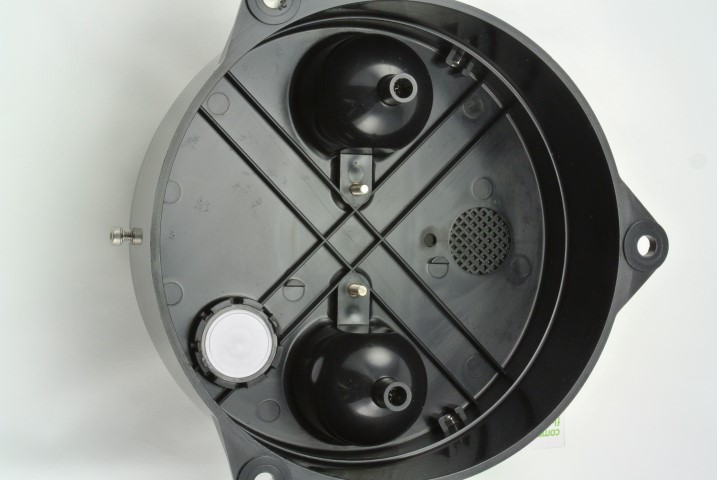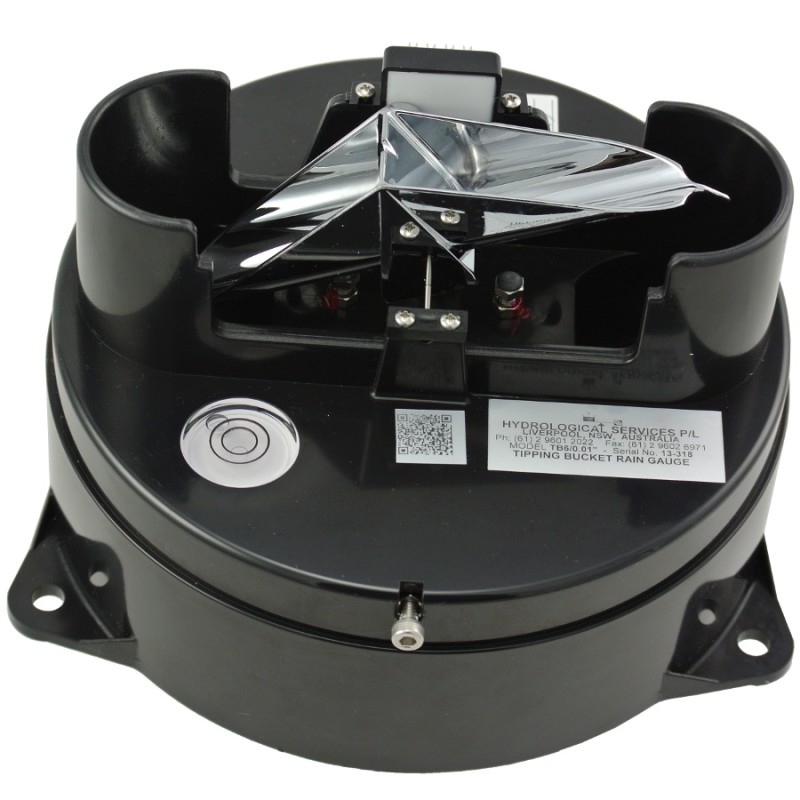Dyacon is pleased to announce attendance at the American Meteorological Society‘s 97th annual meeting as an exhibitor.
The American Meteorological Society (AMS) is the nation’s leading professional scientific organization, with over 13,000 members. Members come from many different professions including weather enthusiasts, educators, researchers, scientists, broadcast meteorologists, students, and other professionals in meteorological fields.
The annual meeting will be held in Seattle, Washington from Monday, January 23rd through Thursday, January 26th. Our booth number is 718 in the main hall. Stop by to talk with Eugene and get face-to-face consultation. We hope to see you there!
Exhibit Hours:
Mon, 23 January 4:00–7:30 p.m. (Intn’l Walk-Around 4–5:30 p.m.; Ribbon Cutting at 5:30 p.m.)
Tues, 24 January 9:00 a.m.–6:00 p.m.
Wed, 25 January 9:00 a.m.–6:30 p.m.
Thurs, 26 January 9:00 a.m.–12:00 p.m.
Exhibitor list | Additional Information
Update 2/17/17
We had a great time exhibiting at #AMS2017 Check out our video of the show! https://t.co/x7UmbM5h0q via @YouTube
— Dyacon (@dyacon) February 10, 2017


